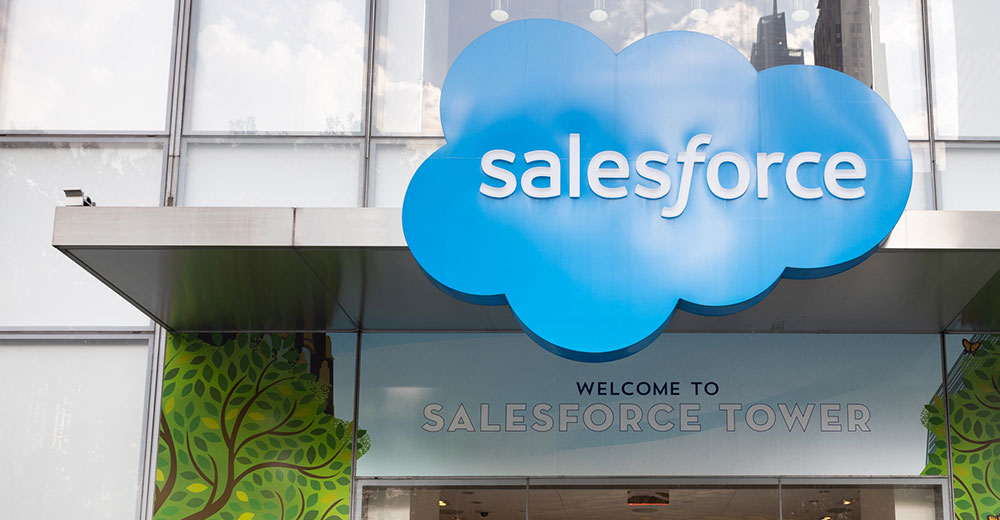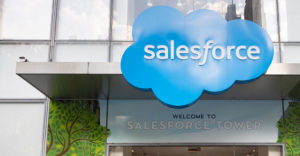Cloud computing, and especially Salesforce’s brand of it, has changed the business world significantly, and that’s undisputable to the point of being cliché. However, Benioff and company are not done yet; they may be going through some of the same turbulence we’ve seen over the years as activist investors take adversarial positions with the company’s stock — but the result will likely be different.
Back in the day, when adversarial investors put a target on your back, almost the best thing you could do was to hunker down and wait until the storm passed. Yes, there were maneuvers like poison pills and seeking alternative “white knight” investors to counter the raiders, but those were tactics without guarantees.
Perhaps “the old days” is the wrong way to look at it. Even today, when companies that manufacture things need to change, it’s a slow process often compared with turning an aircraft carrier around. Yet, for many tech companies that manufacture ideas and automation, like Salesforce, change follows its own form of quantum mechanics — now it’s this, now it’s that.
Salesforce demonstrated its quantum powers a few years ago at the start of Covid-19 when it ditched its annual plan, including its development roadmap, to invent working from anywhere out of whole cloth. The company did it again this week when it reported earnings, and CEO Marc Benioff declared, “We have hit the hyperspace button.”
‘Winning Ugly’
To be clear, there is still a lot of work to do, but the company threw down the gauntlet to anyone who might think they don’t know enough about making money and growing a company. Fourth quarter revenue was up 14% to $8.38 billion, annual revenue was up 18% to $31.4 billion, and there was almost universally good news, except…they lost a dime per share.
So, they won a bit ugly as my old football coach was only too happy to remind us now and then. Still, you always take the win and then try to figure out how to do it better next time.
Truth be told, as good as earnings were, other announcements may have been more important to investors and better demonstrated the company’s quantum nature.
Benioff announced a $20 billion stock buyback plan while also announcing share repurchases of $2.3 billion in Q4 for a total of $4 billion in buybacks in the fiscal year. Moreover, and perhaps more importantly, there’s a new commitment to a 27% operating margin in this calendar year which would be quite different from the recently announced 3.3%.
Investors could be forgiven if they thought they’d heard angels singing when Benioff also announced the company had disbanded its internal mergers and acquisitions group. One of the complaints some big investors had recently involved Salesforce’s appetite for buying other tech companies. Their contention was something like sell what you have and quit spending all this cash — and the angels sang, message received…operating margin…got it.
All this good news doesn’t change the fact that Salesforce, at times, runs in a way that more resembles a startup than a member of the Dow Jones 30 Industrial Average. The company needs a credible number two and a succession plan.
Navigating a New Era
Most importantly, all this happens against the backdrop of a significant change in life as we know it. To be brief, the Anthropocene period, whose dominant feature is human thinking, is ending, and the baton is being handed, not to the Chinese, but to machines, beginning an era some are referring to as the Novacene.
Salesforce’s quantum characteristics are largely due to its ability to let its machines generate some of its products, and that will continue. ChatGPT and others might be getting the lion’s share of attention for their generative AI capabilities that churn out term papers or funky art. Still, when the dust settles, it is the ability to create products that generate revenue that we will all care about. A lot. Salesforce knows this.
Salesforce has always led the way in plugging new and different technologies into CRM to produce advanced systems that got increasingly closer to customers and understanding them. The list includes social media, analytics, fast integration, and AI.
Much of that result centered on its M&A activity. Because they were inventing the future, Salesforce wasn’t always right, but it managed to learn and cover its mistakes with the right solutions, and the revenues followed like clockwork.
It would be a shame if Salesforce got overly concerned about operating margins and forgot about the importance of invention right when new forms of invention seem to be white hot. This will test the company’s quantum mechanics and the dilithium crystals.

























































